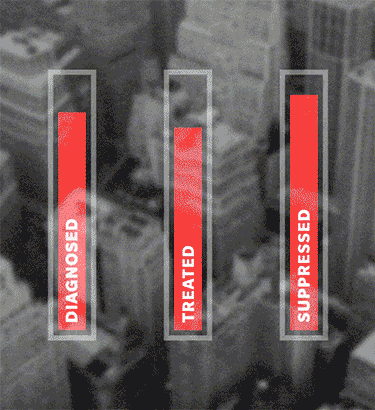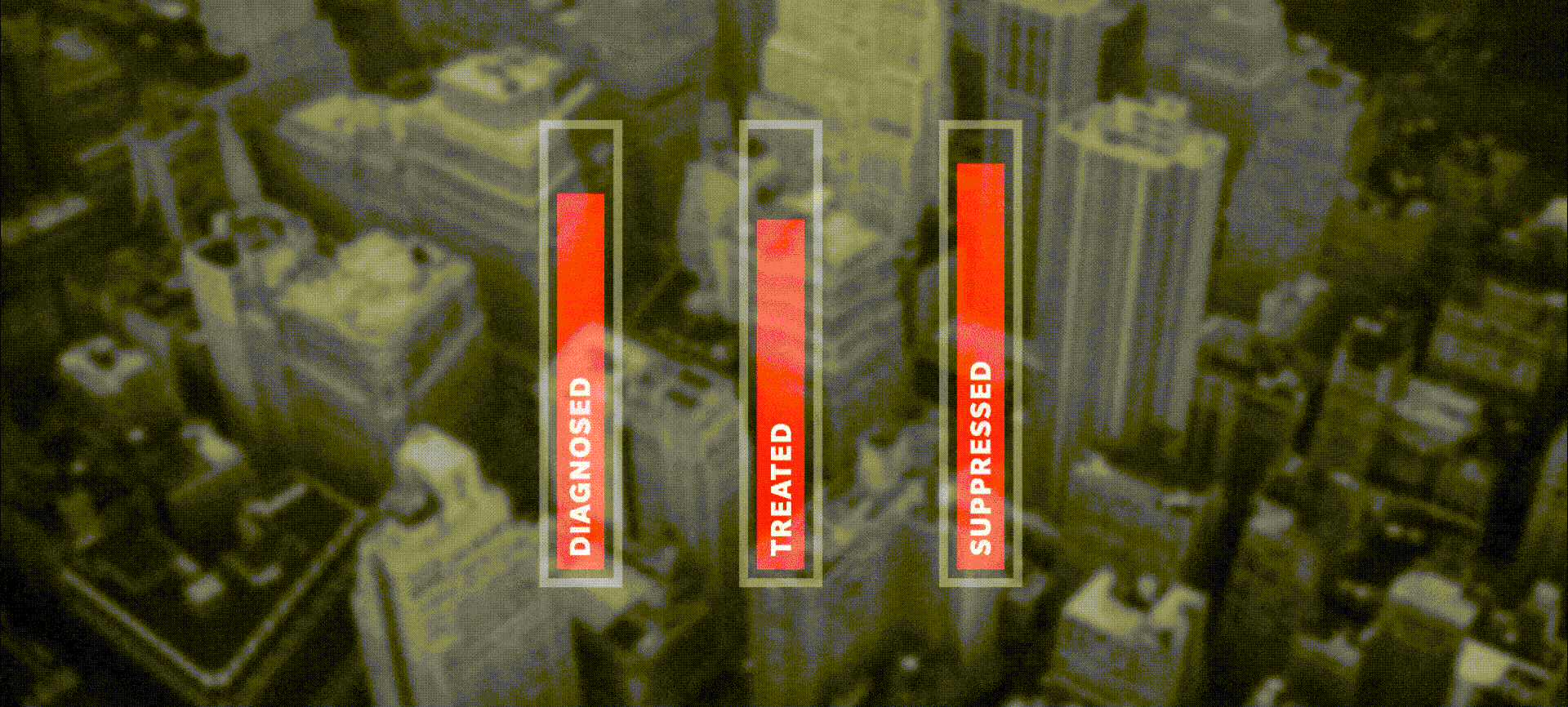The Fast-Track Cities initiative represents a joint effort to address the global HIV and AIDS crisis in cities and municipalities around the world.
City and community leaders worldwide have committed to an initiative known as the Paris Declaration, which outlines a plan to eliminate the threat of HIV by achieving targets that include 90 percent of HIV patients being diagnosed, 90 percent of patients being on treatment and 90 percent of people living with HIV being virally suppressed. These statistical aspirations are often referred to simply as "90-90-90."
Attaining these numbers when it comes to HIV patients being diagnosed, treated and virally suppressed is viewed as a critical step toward eliminating HIV and AIDS as an international threat.











